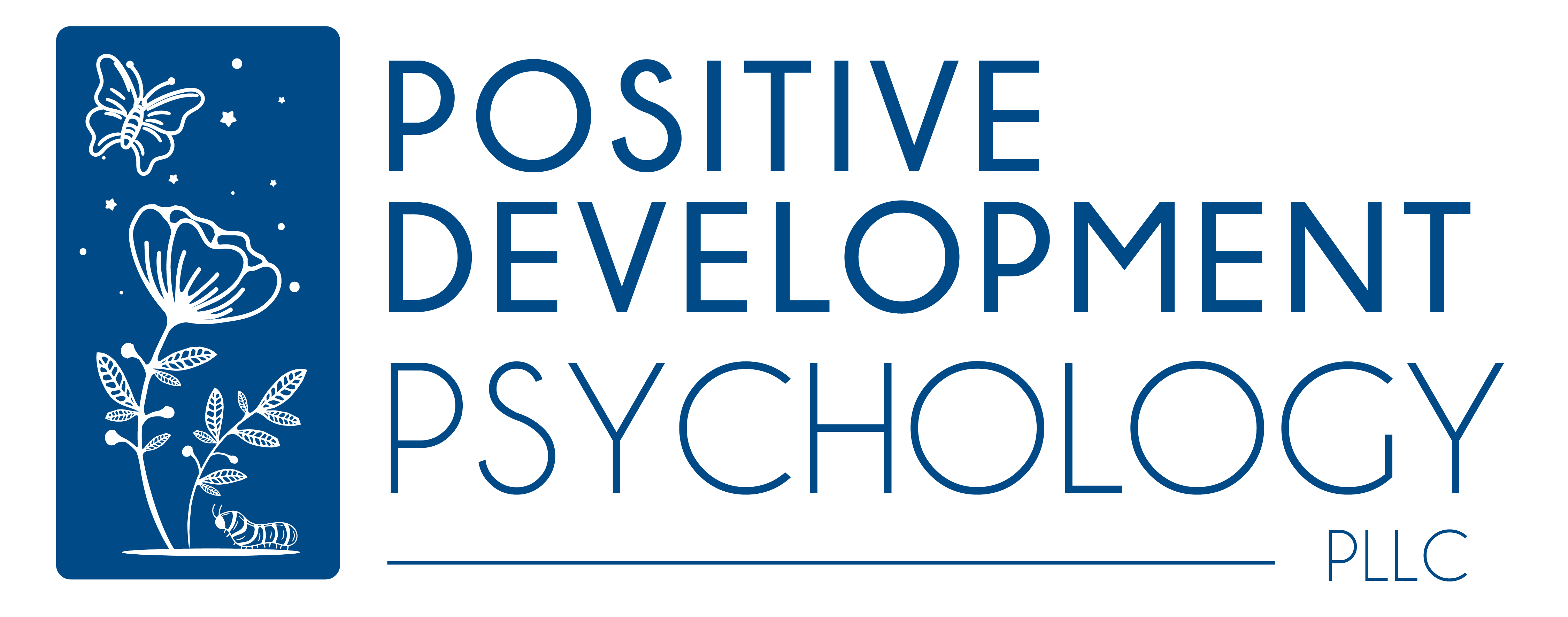
Supportive Parenting for Anxious Childhood Emotions
(SPACE)
For Parents of Children or Teens with Anxiety or OCD
Supportive Parenting for Anxious Childhood Emotions
(SPACE)
For Parents of Children or Teens with Anxiety or OCD

Anxiety can be stressful, not only for the child, but the entire family. When a child is anxious it can take over the whole family dynamic. It is highly likely that you are more attentive to your anxious child in comparison to their non-anxious siblings, which may result in frustration and elevated emotions for everyone.
Knowing you want to help, comfort and protect your child, it becomes common for parents and sometimes siblings to try to assist an anxious child by participating in their anxiety-driven behavior or by avoiding anxiety-producing situations and changing family routines. This could look like ordering for your child in a restaurant because your child will not speak to the waiter or not going out because your child does not want to be left with a sitter. This could also look like checking your child’s homework multiple times because your child does not want to make a mistake or never having a family beach day because your child is fearful of water.
While this may calm a child in the moment, in the long run, it does not make the anxiety better. Utilizing the proper techniques from a professional psychologist, you can be part of the solution to your child’s distress.

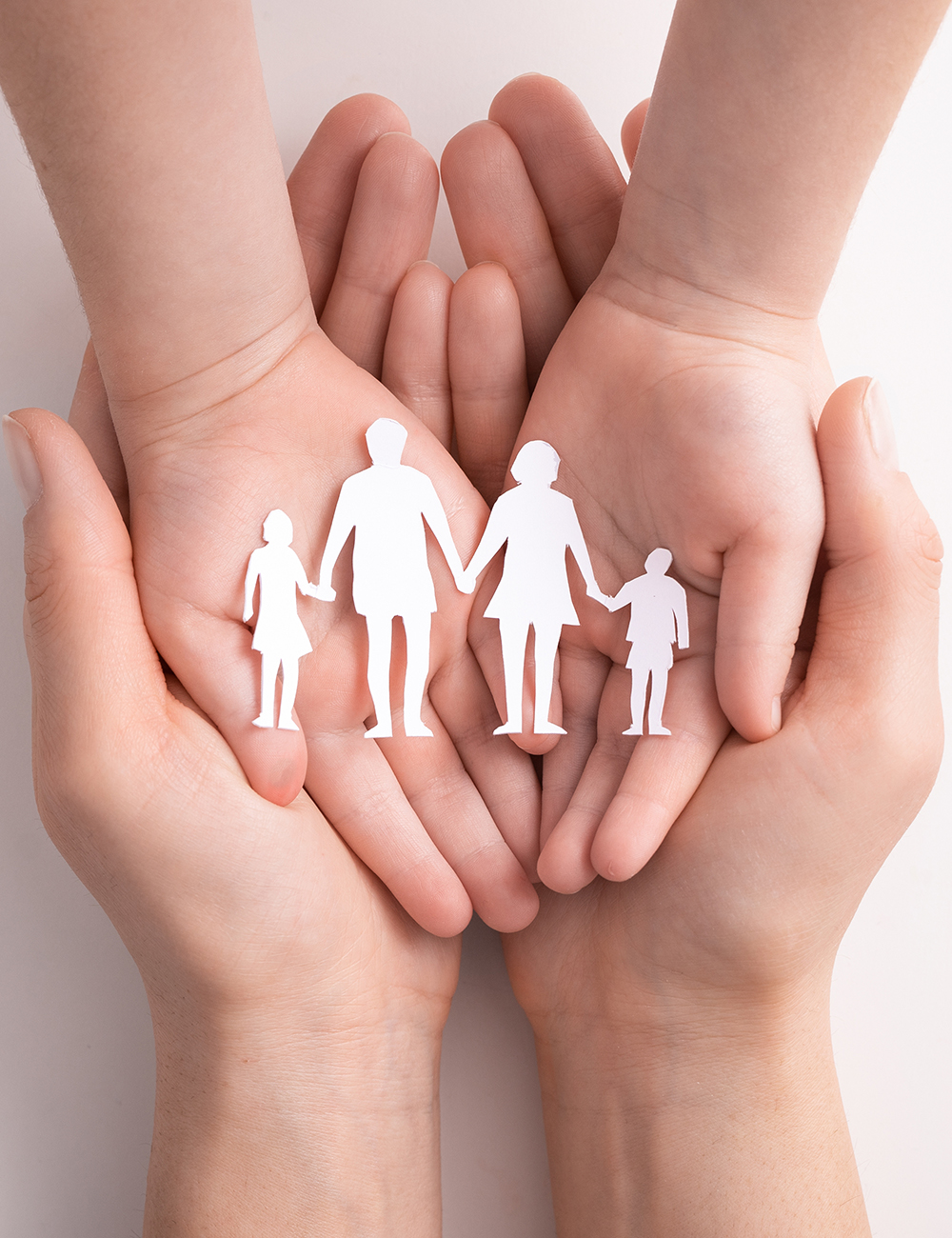
What is SPACE?
Supportive Parenting for Anxious Childhood Emotions (SPACE) is a parent-based anxiety treatment program developed at the Yale Child Study Center that helps children and adolescents with anxiety and obsessive-compulsive disorder (OCD). This means that, while the children or adolescents are the patients and the goal is to alleviate their anxious symptoms, it is the parents or caregivers who participate.
SPACE is an anxiety treatment that can address the following conditions:
- Fears and Phobias
- Generalized Anxiety
- Obsessive-Compulsive Disorder
- Panic Disorder and Agoraphobia
- Selective Mutism
- Separation Anxiety
- Social Anxiety
If you’re looking for more general information on anxiety disorders, click here to visit our our Anxiety Disorders page.
What skills do parents learn by participating in SPACE?
SPACE gives parents tools to address their child or adolescent’s anxiety. Parents learn how to support their anxious child with a focus on making changes in their own behaviors. This includes validating the child’s feelings and conveying confidence that the child will be able to handle the emotional experience of being anxious. Since it is common for parents of anxious children to make changes to the family’s life and routines, parents who participate in SPACE also learn how to reduce these accommodations. This helps the child to face fears, rather than engage in avoidance behaviors, and cope with anxiety.
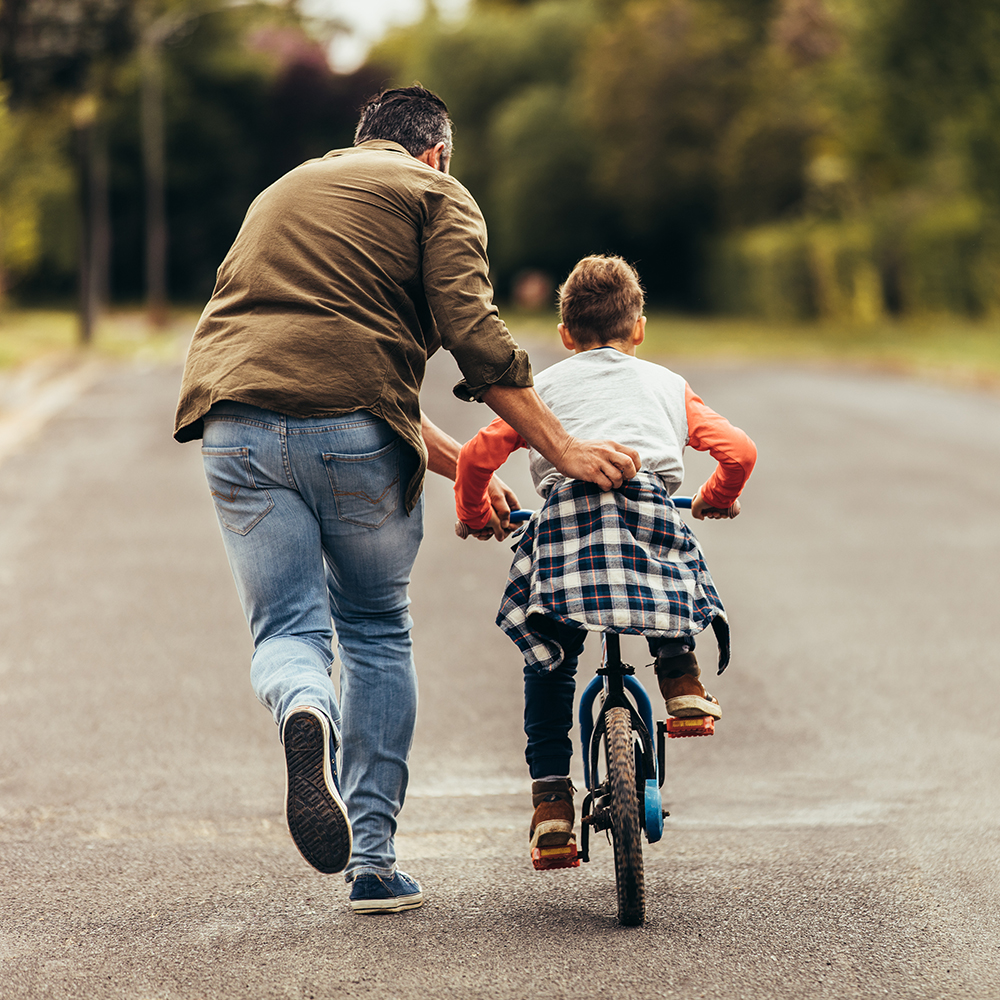
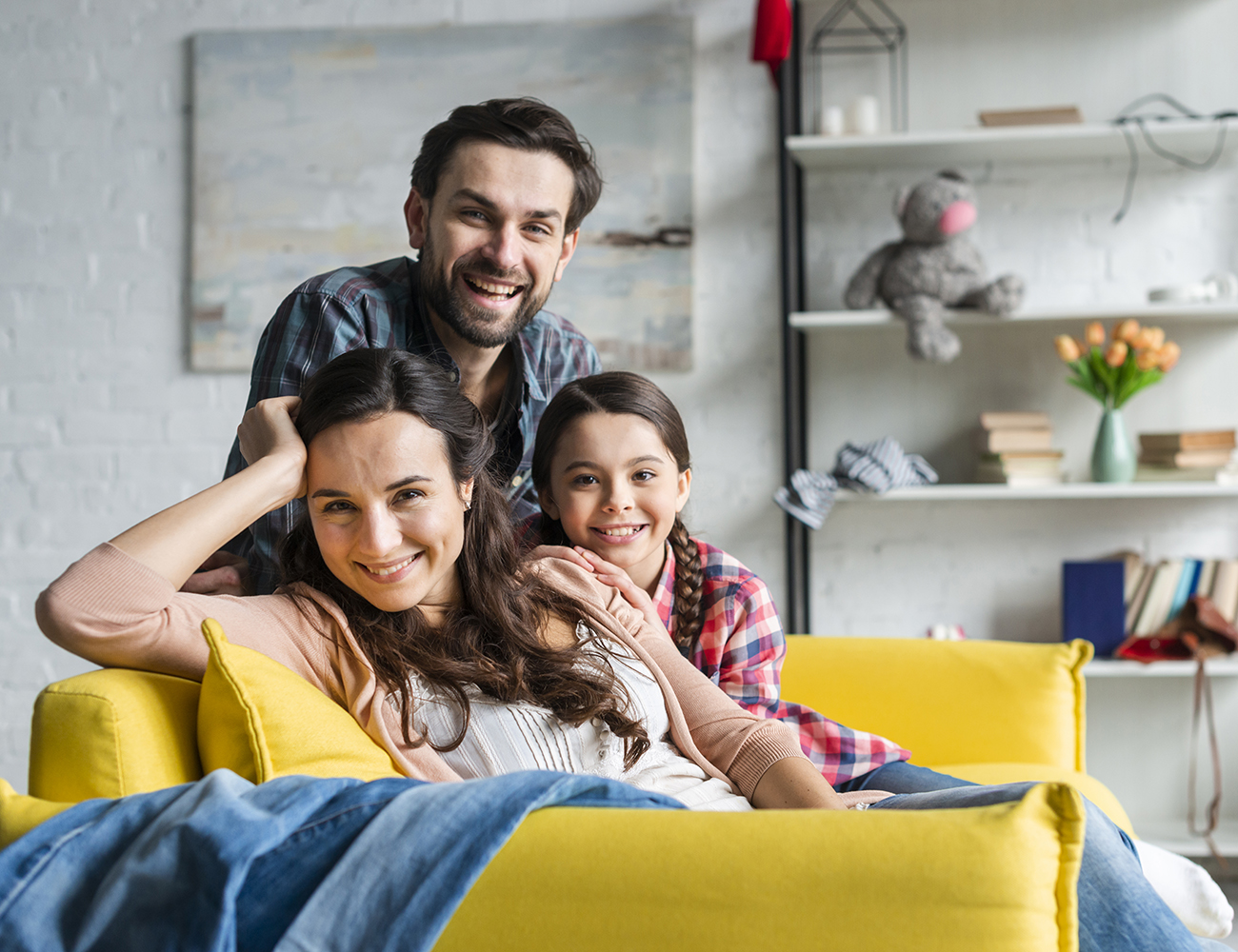
What are some benefits of SPACE?
Research shows that SPACE treatment can help children and adolescents feel less anxious and function better. Children and families can participate in SPACE and Cognitive Behavior Therapy (CBT) in parallel, meaning parents can participate in SPACE while their child or adolescent participates in individual CBT. SPACE can also be used as a standalone intervention. Since SPACE is a parent-based intervention, it also gives families and therapists an option for treating anxious children and adolescents who have been resistant or unresponsive to individual CBT.
For a broader understanding of childhood anxiety disorders and other treatment options, visit our Anxiety Disorders page.
How does SPACE differ from other therapy approaches for anxiety and OCD in children and teens and what makes it effective?
While most therapies focus on providing the child or teen with anxiety management strategies, SPACE is an evidence-based treatment that addresses child anxiety through work with the parents. SPACE helps parents respond supportively to their anxious child and make changes to their own behavior. For example, some parents always sleep next to a child who does not want to be alone. While done out of love, these accommodating behaviors can maintain the child’s anxious symptoms and prevent the child from learning that they have the ability to cope.
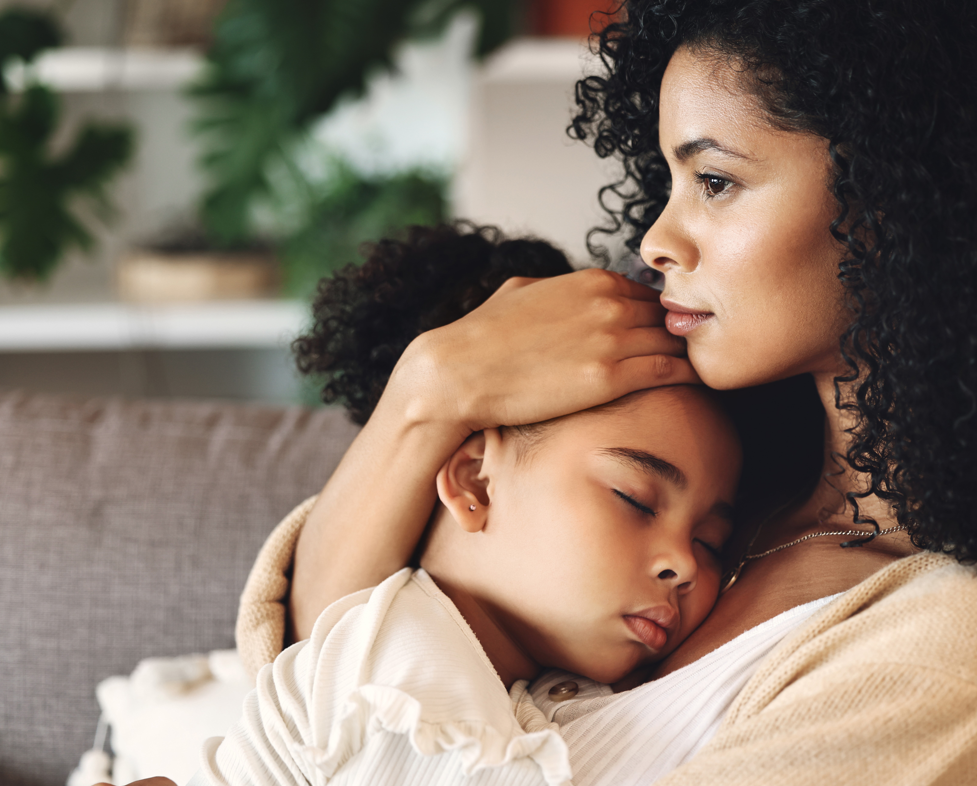

What can I expect during a SPACE session and how long does treatment last?
SPACE involves active participation by you, the parent(s). The therapist will help you understand factors that are maintaining your child’s anxiety and guide you in changing how you respond to your child’s anxiety in order to help your child overcome their fears. With the support of a SPACE-trained therapist, you will select target behaviors to address that have been limiting your child’s independence or interfering with your family’s routine. When a therapist works one-on-one with parents, a typical course of SPACE is approximately 10-15 sessions. In situations where participation in a multi-family SPACE group is appropriate, the length of treatment is usually shorter.
Frequently Asked Questions About SPACE
How do I know if SPACE is right for our family?
SPACE is ideal for families who notice that their child’s anxiety is impacting family life and routines. It’s particularly useful if traditional child-focused therapies haven’t been working, or if your child is hesitant to engage in therapy. By focusing on changing the parental behavior, SPACE can be an alternative that is highly effective. A consultation with a SPACE-trained therapist can help you determine if this approach fits your family's needs.
Can SPACE be used alongside other treatments my child is undergoing?
Yes, SPACE can be conducted simultaneously with other psychological treatments, like Cognitive Behavioral Therapy (CBT). While CBT can directly involve the child in developing personal coping skills, SPACE focuses on changing parental behaviors to address the family dynamics that contribute to the child’s anxiety. When these are used together, this approach provides a robust framework for targeting child anxiety. However, SPACE has also been demonstrated to be an effective standalone treatment.
What if my child is reluctant to engage in direct therapy?
SPACE can be a unique solution for children who are reluctant to participate in therapy. By focusing on parental changes, it allows for therapeutic intervention without requiring the child to actively participate in the sessions. While children can be understandably hesitant to face their fears, they may feel a sense of relief when parents take charge and act in ways that will help them cope, self-regulate, and achieve greater independence.
Are there any particular types of anxiety disorders that SPACE addresses best?
SPACE is effective across a range of anxiety disorders, including but not limited to: generalized anxiety disorder, social anxiety, separation anxiety, and specific phobias. It is also useful for treating obsessive-compulsive disorder (OCD). The program's versatility makes it an option for many families, providing tools that can be tailored to the needs of each child.
What are the benefits of SPACE for the whole family?
SPACE can lead to a calmer and less stressful family environment. Parents, who previously felt helpless watching their anxious child, begin to feel empowered knowing that they can be active leaders in their child’s treatment. As parents learn to decrease accommodations and manage their own reactions to their child’s anxiety, children often start to feel relieved that a plan is in place to help them cope with their fears and reduce anxiety-driven behaviors.

Contact us at Positive Development Psychology to speak with a psychologist trained in SPACE and to discuss which anxiety treatment option would be best for your child or teen.
